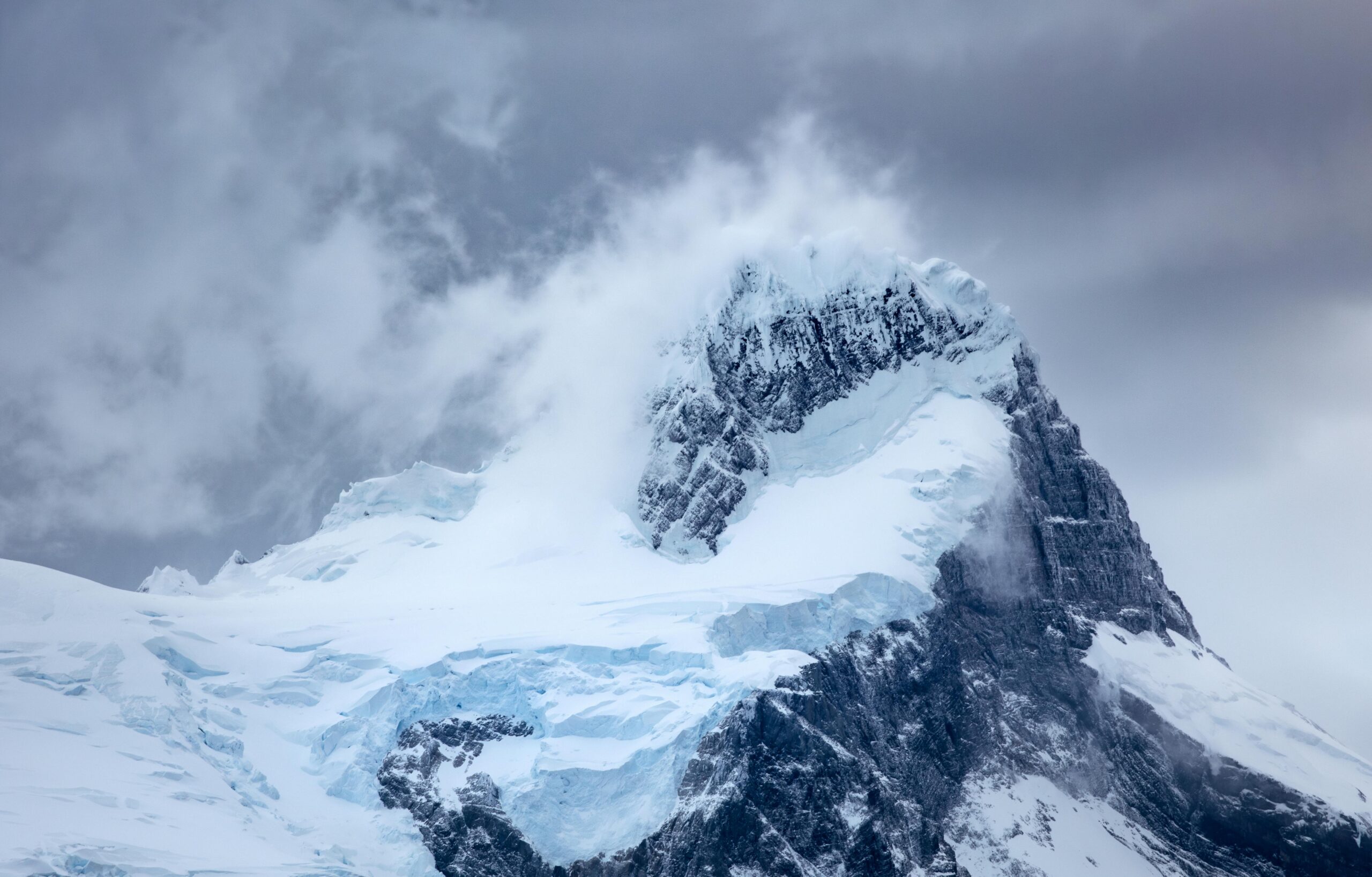
It all began in Patagonia Frost: Embracing the Chill of Nature’s Edge, in the shadow of the Andes, where jagged peaks clawed at the sky and glacial rivers whispered secrets to the sea. A woman arrived, carrying a single suitcase and an unwritten destiny. Her name was Celeste Martín, a 35-year-old artist from Buenos Aires. Disillusioned with the clamor of city life she was desperate for silence. What she sought in the remote expanse of Patagonia was a truth she couldn’t articulate but felt deep in her bones.
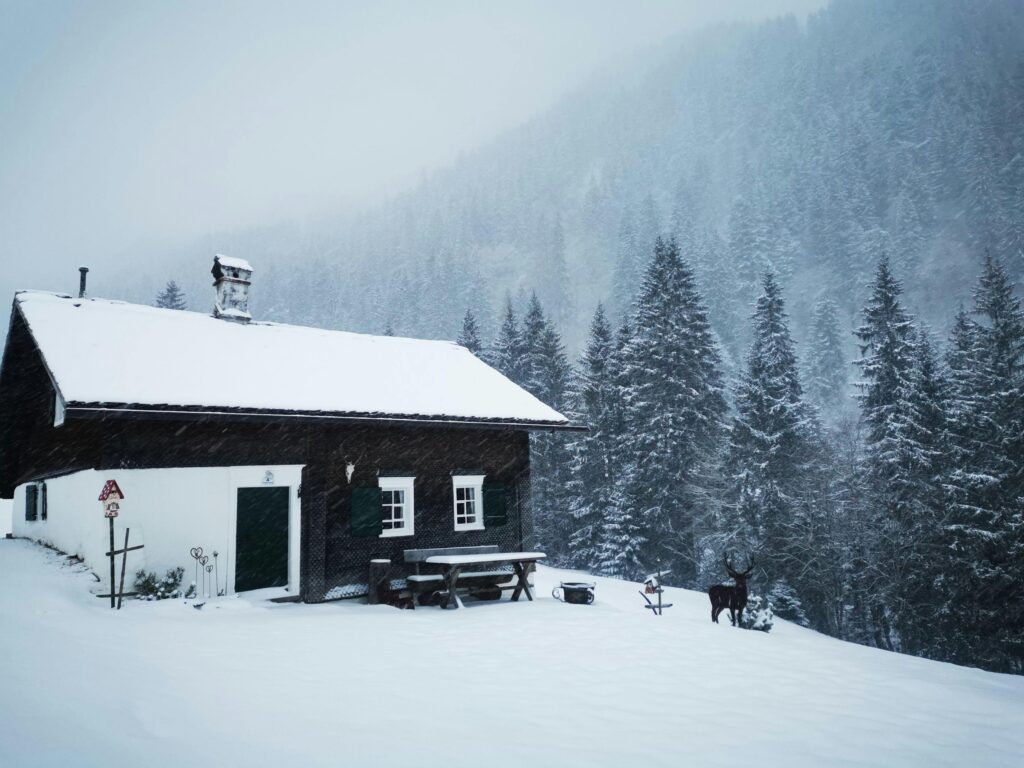
Celeste had read about the fjords, the ice fields, and the legendary wind that howled like an ancient guardian. She rented a small cabin near El Chaltén, where the world seemed stitched together from glaciers, forests, and impossibly blue skies. Her days were spent sketching the landscapes. It wasn’t long before she realized the land was sketching her too—reshaping her soul with its brutal beauty.
The Mystery of Patagonia Frost
Days later, while hiking along a lesser-known trail near Lago del Desierto, Celeste stumbled upon a weathered leather journal hidden beneath a cairn. The cover bore initials: M.L.. Inside were entries from the 1930s. It was penned by a woman named Magdalena Larraín who was a Chilean botanist who had ventured into Patagonia searching for a mythical flower said to bloom only under the southern aurora.
Magdalena’s entries were vivid, recounting encounters with indigenous Kawésqar guides, sightings of rare wildlife, and cryptic references to a place called La Cueva de los Vientos—The Cave of the Winds. She claimed it was a sacred site that held the key to understanding the harmony of nature. But the journal ended abruptly, with a single line:
“I hear the winds calling. Tomorrow, I will answer.”
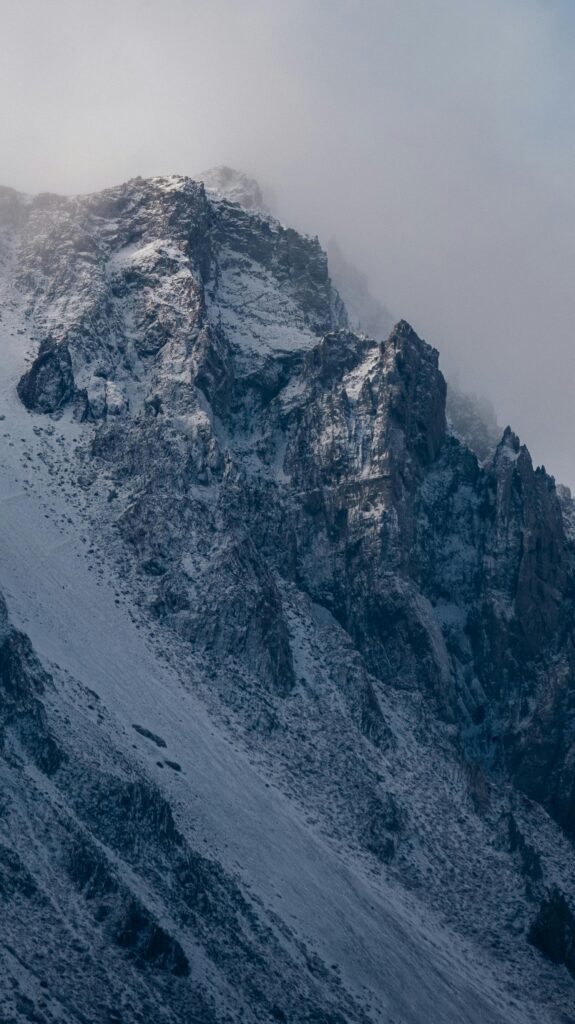
A Journey Within
Compelled by the mystery, Celeste became obsessed with retracing Magdalena’s path. The locals warned her against it. They spoke of treacherous weather, unmarked trails, and the curse of La Cueva de los Vientos. But Celeste couldn’t shake the feeling that her own answers lay at the end of this journey.
Equipped with the journal, a map, and her art supplies, she set off alone. Days blurred into nights as she traversed valleys, crossed icy rivers, and slept beneath stars that felt closer than ever before. Along the way, she encountered strange signs—carvings on rocks, whispers in the wind, and a white fox that seemed to guide her.
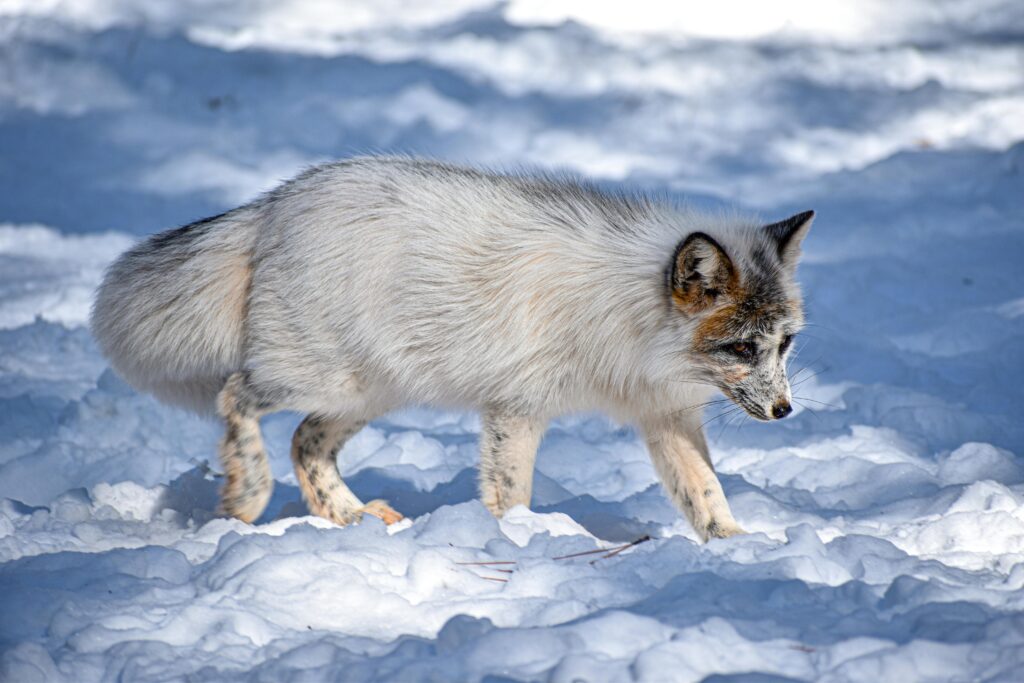
The Cave of the Winds
On the seventh day, battered by a sudden snowstorm, she found it. The cave’s entrance was shrouded in mist, and the wind that roared through its depths carried a sound that was almost human. Inside, she discovered walls etched with ancient symbols—spirals, animals, and constellations. At the center of the cave was a frozen pool, its surface perfectly still despite the storm raging outside.
As Celeste stared into the ice, she saw not just her reflection but flickers of another figure—Magdalena, her face serene, her hand outstretched. The winds grew louder, their cacophony somehow forming a single, harmonious note. It was a moment of clarity: Magdalena had not been lost. She had become part of the land, her essence woven into the fabric of Patagonia.
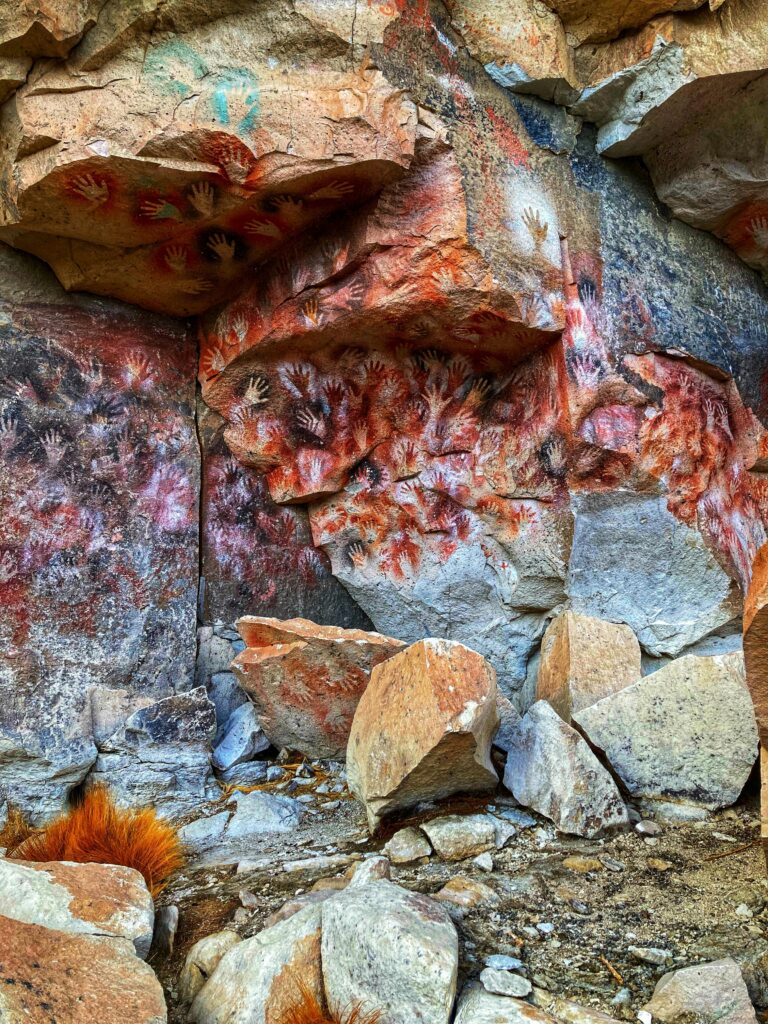
A New Vision
Celeste left the cave transformed. Her obsession with finding answers had given way to a profound respect for the questions themselves. She returned to her cabin, where she began a new series of paintings—vast, sweeping canvases that captured not just the landscapes but the spirit of Patagonia. The white fox often appeared in her work, a silent witness to her journey.
Years later, Celeste’s art gained international acclaim, not for its technical brilliance but for its soul. Critics said her paintings “sounded like the wind and felt like the stars.” When asked about her inspiration, she would smile and speak of a journal, a cave, and a land that had taught her to listen.


